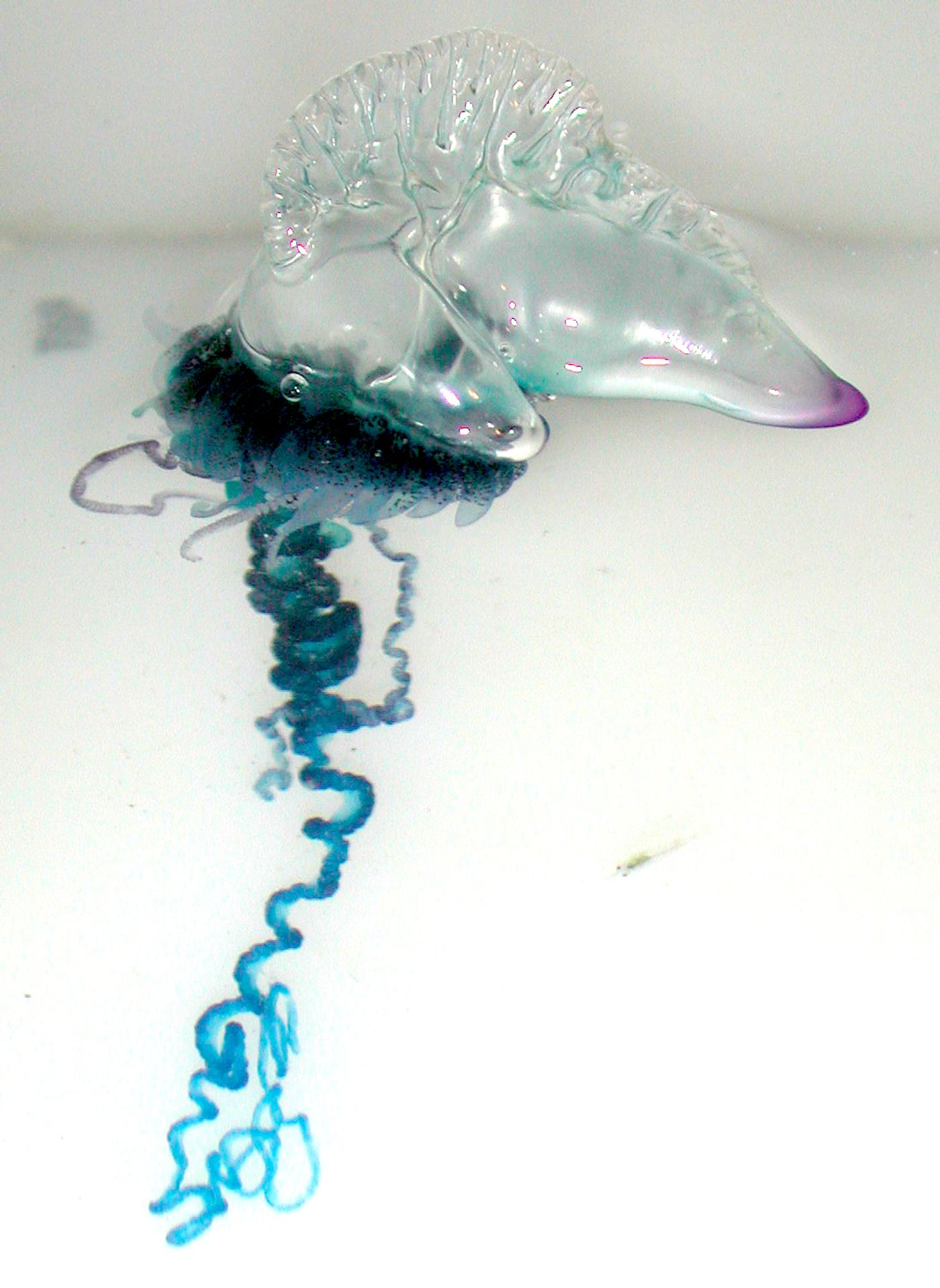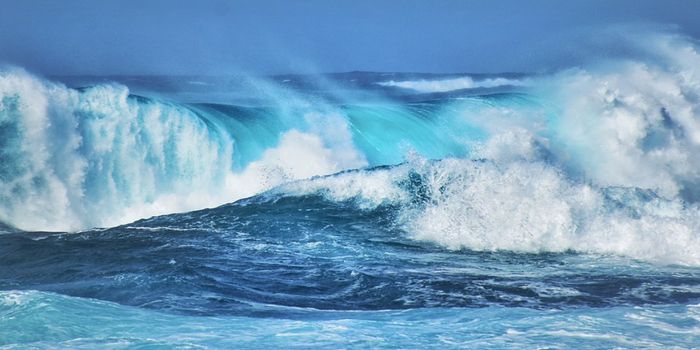Neuston: The Understudied Secret of the Ocean's Surface
Sitting just below our ocean’s surface is a host of often overlooked organisms; ones who help connect our world’s wide variety of oceanic habitats. They are “neuston” (named from the Greek word υεω meaning “to swim” and “to float”) and they are made up of an array of creatures, from Sargassum seaweed and nudibranch mollusks to Portuguese men-o-war and floating barnacles. Constituted by a variety of species, neuston come together near the ocean’s top meter of water to form unique ecosystems that serve as ecological links between other aquatic habitats, such as coral reefs and the deep sea. Despite this centrally important role, not much is known about the free-living surface dwellers.
In a recent primer essay, Rebecca R. Helm (Assistant Professor at University of North Carolina, Asheville) introduces the neuston, highlights the threats they face, how little we know about them, and how we can protect them by learning more about them. Helm presents the neuston first through their ranging composition and then through their similarly ranging function. They can serve as vital food web components, being “80% of the loggerhead turtle[‘s] diet” in the North Pacific, or they can be economical sustenance for humans, like the “commercially important” cod and salmon in the Atlantic.
The most well-known ecosystem/ecoregion of neuston, the Sargasso Sea of the North Atlantic, a section of ocean filled with brown Sargassum seaweed, is valued at “$2.7 billion for all [its] services,” in addition to its critical ecological importance. Despite this weighty valuation, the most significant review of neustonic ecoregions in the Pacific consists in data from the 1950’s. Although the survey found 7 distinct ecoregions, possibly comparable in value to the Sargasso Sea, these have been largely overlooked since.
Such a lack of attention can leave us unprepared to track and mitigate potential threats and damages to neustonic communities. The ocean’s surface is a frontline when it comes to various kinds of ecological damage. Trillions of pieces of plastic float near the top of the ocean. Oil, natural or human-sourced, congregates disproportionately at the water’s surface. The effects of climate change acidifying the ocean and in warming both the ocean and the atmosphere are all heightened greatly at the threshold between water and air. While some of these threats are well understood, like the damage plastic can do to aquatic fish and invertebrates, others are less so, like the effect oil has on the variety of neuston.
Fortunately, Helm includes a set of actions to better understand and protect life on the ocean’s surface. The suggested conservation steps range greatly, from identifying ecologically important zones to recognizing subsequent economic impacts to ensuring legal protection through international cooperation. Summing up the need for understanding and conservation, Helm ends, “To protect the valuable role the ocean’s surface plays on our planet, we must research and conserve this remarkable habitat between the sea and sky.”
Source: PLOS Biology
Featured Image Source, Creative Commons: VELY Michel (Wikipedia)









